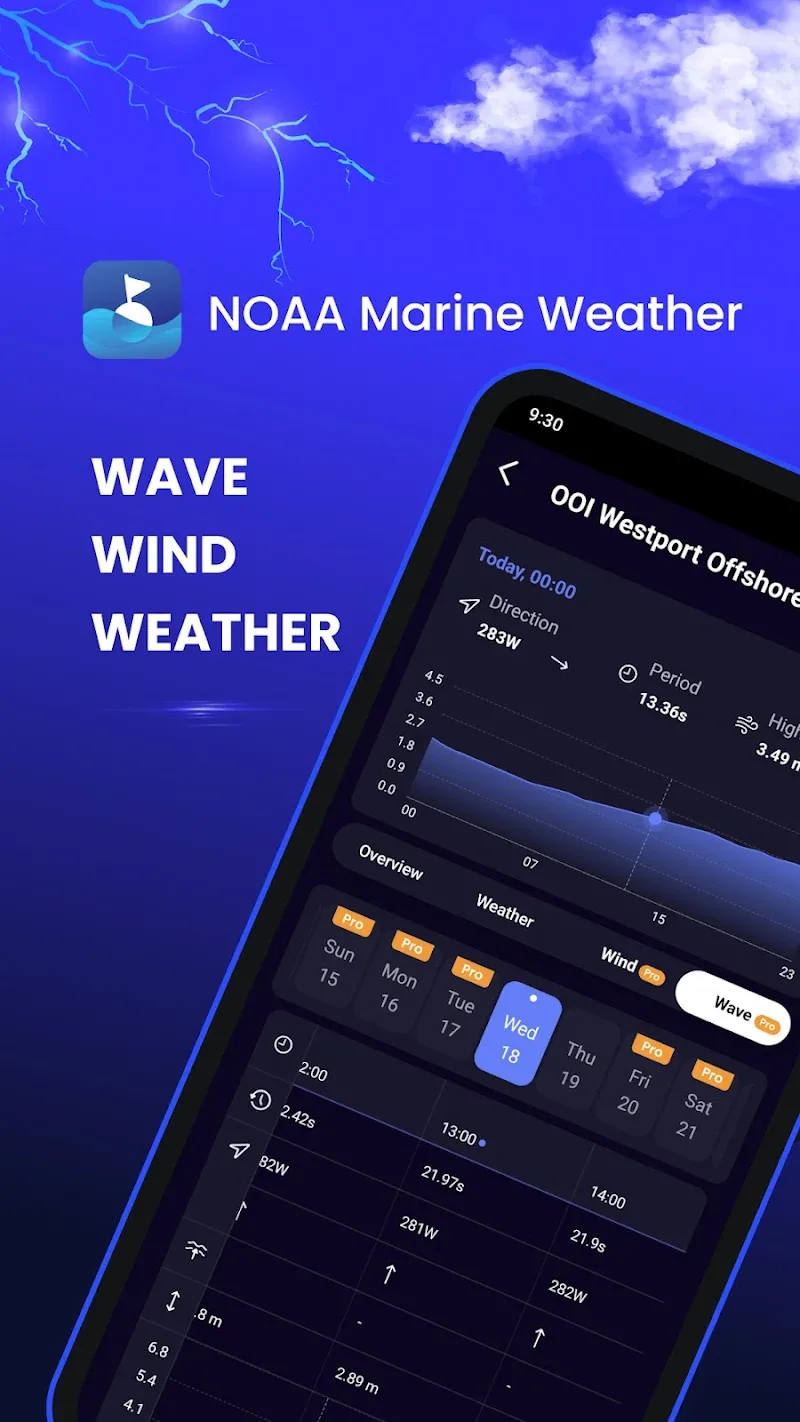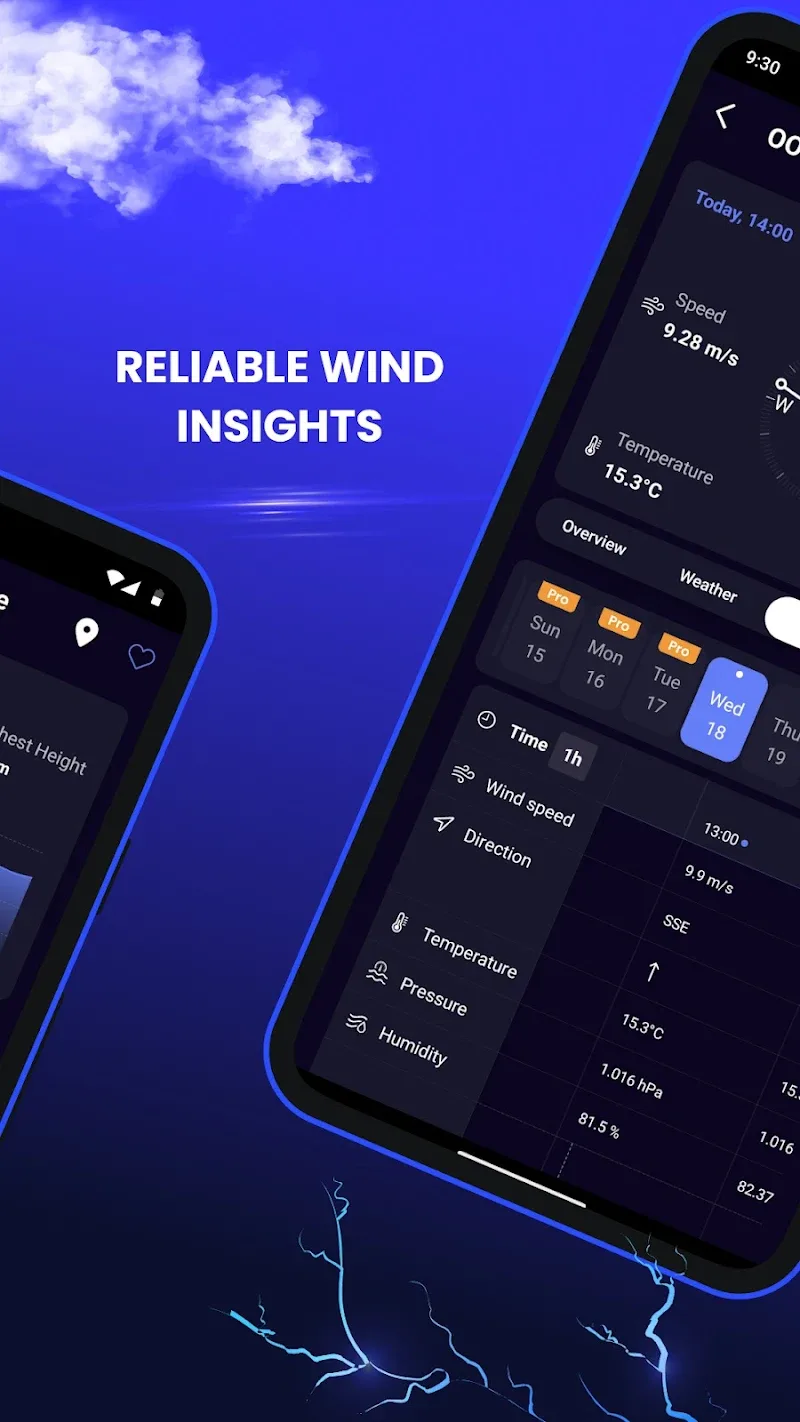Mariners rely on the weather and water forecasts provided by the NOAA’s Marine Weather Service to ensure their safety at sea. Timely and accurate reports on conditions across U.S. coastal waterways, the Great Lakes, and beyond are issued by NOAA with the help of innovative technology and skilled meteorologists.
DATA IN REAL-TIME FOR SMART DECISIONS
The Coastal-Marine Automated Network (C-MAN) stations and NOAA weather buoys distributed throughout coastlines form the backbone of NOAA’s Marine Weather Service. Various meteorological sensors, both on land and at sea, report on variables such as wind speed and direction, wave height and direction, visibility, and barometric pressure in real-time. Forecasts and cautions are then issued when meteorologists assess this information. Mariners can make informed decisions on time, routes, and preparations when they can access regular updates.
SIMPLE PRESENTATION OF HIGHLY COMPLEX PATTERNS
Both the raw data and its clear presentation are of utmost importance. NOAA’s forecasts, maps, models, and other products visualize complicated environmental interactions. Mariners find features such as wave height color-coding, vector wind studies, and meteograms to be very helpful in simplifying interpretation. Notification icons for gale warnings, small craft advisories, and other cautions also offer rapid visual indications. The clear visuals allow the crew and captains to understand the situation quickly.
FLEXIBLE SERVICES TO MEET ANY REQUIREMENT
Marine Weather caters to many customers, including large commercial fleets and smaller leisure boats. Individual sites’ forecasts can be subscribed to, users can configure notification safety thresholds, and data feeds can be integrated into preexisting navigation systems. You can turn to the Ocean Prediction Center for marine and offshore forecasts, as well as Great Lakes-specific information and coverage in Intracoastal and inland waterways. When users suggest additional warning types or locations, NOAA considers them.
CLIMATE CHANGE: A STRATEGIC PLAN
Marine Weather also keeps an eye on changes in the longer term, even focusing on day-to-day operations. NOAA researches to update models, benchmarks, and best practices in response to the changing trends caused by climate change. To take into consideration storms that are getting stronger and higher seas, the service may, for example, send warnings at a later date. Marine Weather allows for prudent preparation in future uncertainty by delivering accurate and flexible forecasts.







Comments 0